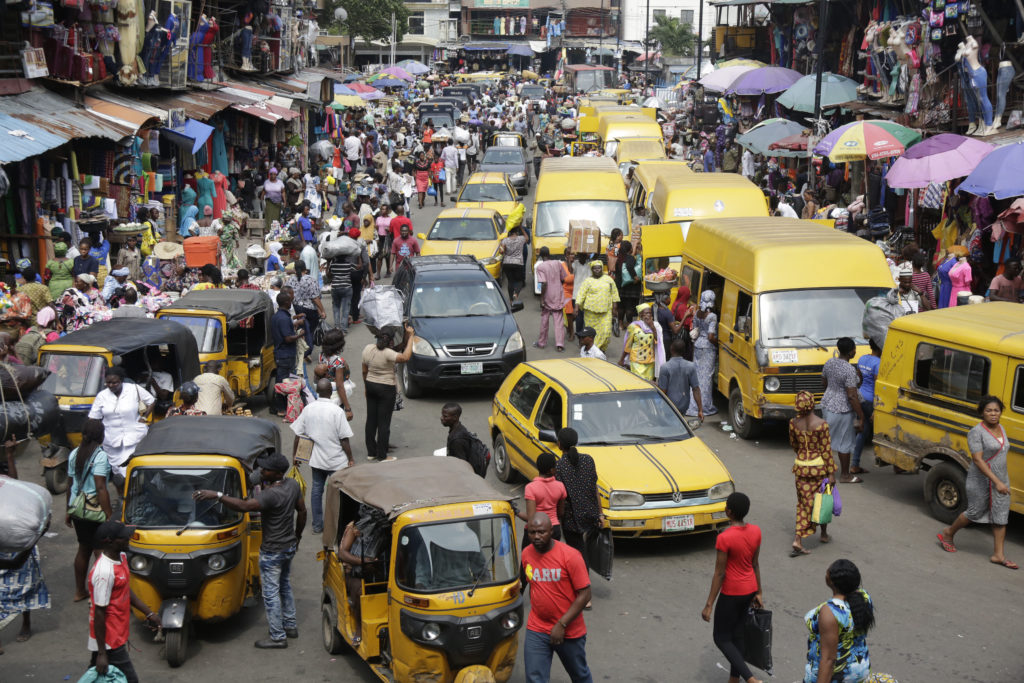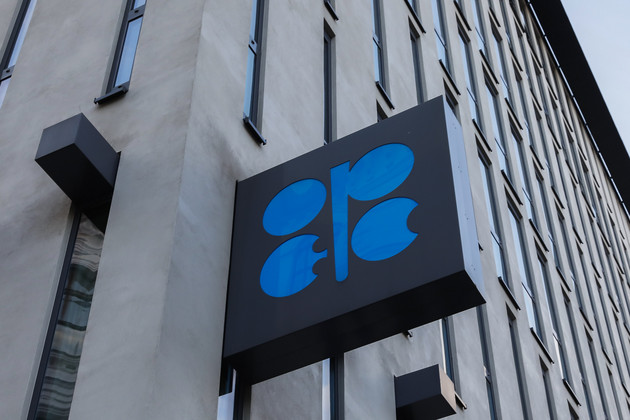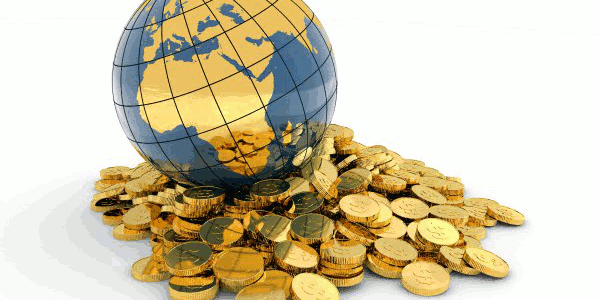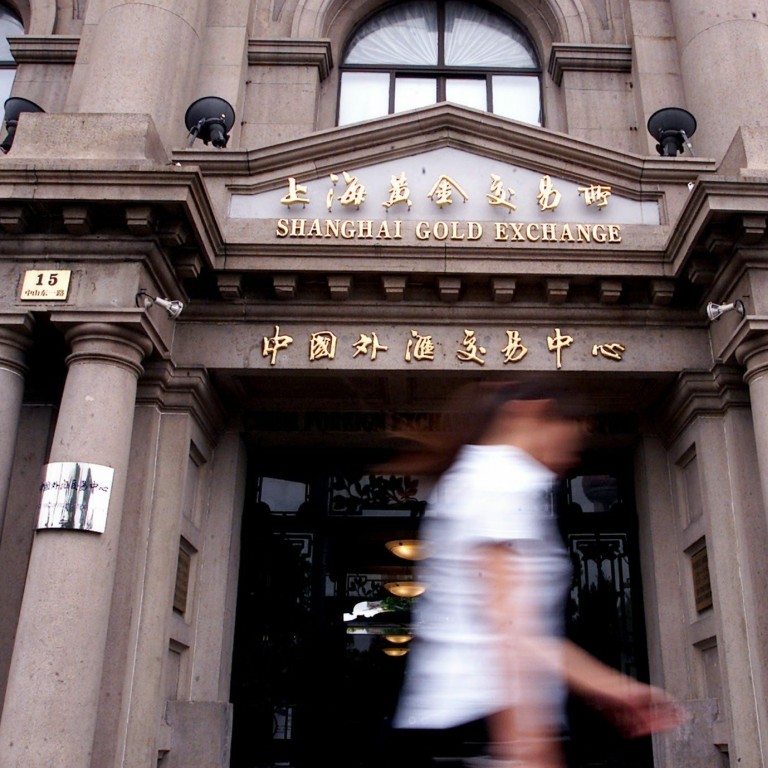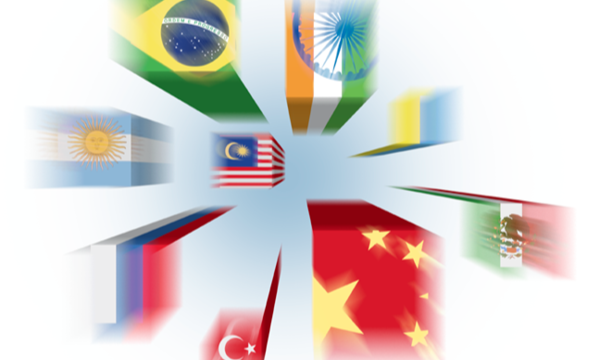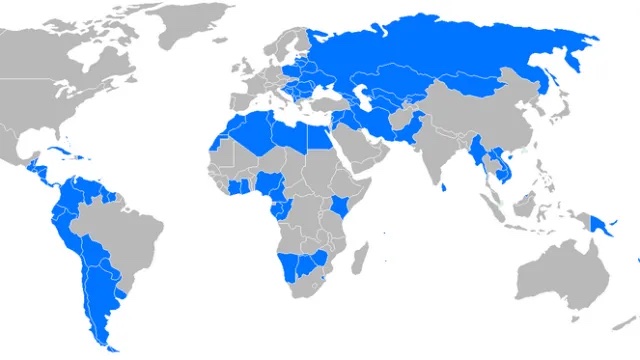Emerging markets (EM) continued their positive run over the summer, predominately boosted by a weaker US dollar, robust global trade and low inflation. The summer of 2017 also provided some surprises with EM. Data shows better than expected Russian and Brazilian GDP growth, as well as the continued strength of the Chinese economy.
There are uncertainties in the rearview mirror, however, most notably the risks now emanating from the North Korean peninsula and potential for unintended consequences from the US Federal Reserve balance sheet normalization. Despite this, barring a policy gaffe or geopolitical shock, emerging markets look positioned to continue its steady recovery.
China Recovery Significant
Contributing to the positive outlook in EM is the “surprising stability in China’s economy,” explains Alex Wolf, senior emerging market economist with Aberdeen Standard Investments. “Although most economists and China watchers predicted this year [2017] would be focused on achieving stability – economic, financial, as well as social – few would have predicted Xi Jinping and his colleagues would be so successful.”
China’s policymakers have effectively managed external pressures from a new US administration, while at the same time balancing the domestic risks created by very large financial sector leverage and runaway house prices.
BRICs Moving Forward
Moving on from China, recent GDP prints shed light on how the rest of the BRICs are performing. Brazil, for example, saw its economy expand 0.25% quarter-on-quarter in Q2, which come in as the second consecutive quarter of growth, and ending the worst recession in Brazil’s history.
Russian GDP growth has also surprised to the upside at 1% quarter-on-quarter (2.5% year-on-year), mainly driven entirely by private consumption growth. Looking forward, consumer demand will also likely remain the key growth driver: real wage growth accelerated to 4.6 year-over-year in July, and unemployment is near all-time lows.
While Brazil and Russia continued their recovery, fresh data on Indian GDP growth shows a move downward for the second quarter, surprising many market observers. Indian GDP growth came in “well below” consensus at 5.7% year-over-year, marking the weakest pace of growth in over three years. The structure of growth was not encouraging, with household consumption and export growth both decelerating and investment remaining weak. “The lingering impact of demonetization was part of the reason for the weaker print as was the introduction of the Goods and Services Tax, which caused sharper-than-expected de-stocking,” Wolf said.
